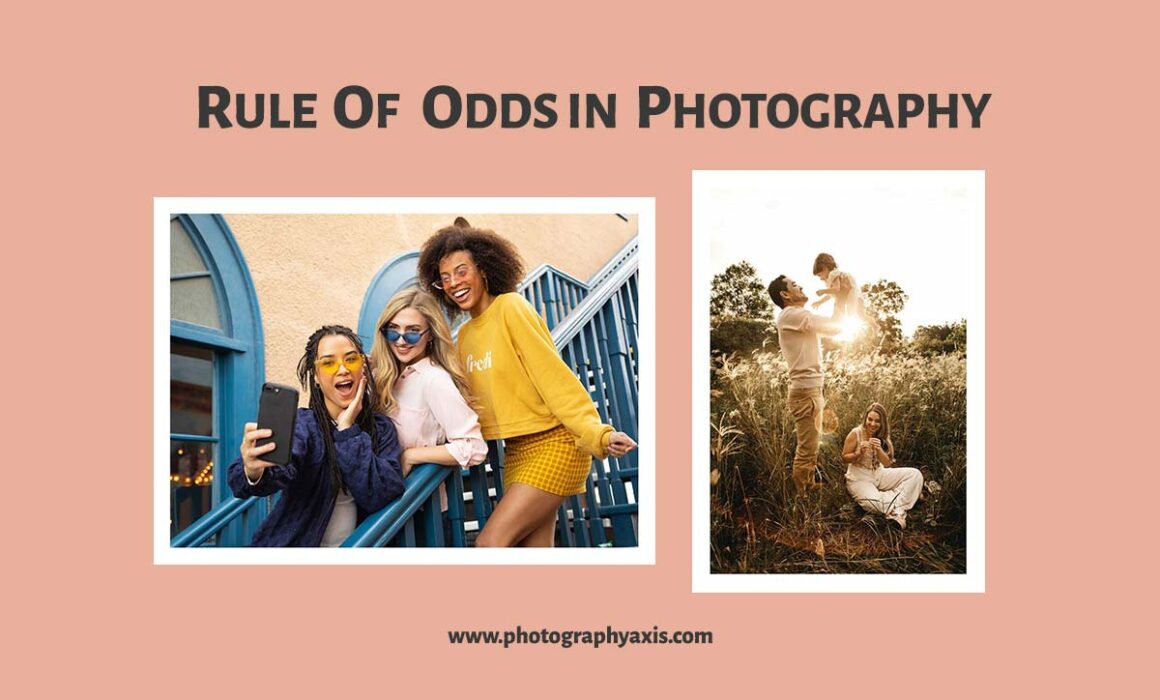Rule of Odds in Photography
If you are a beginner in photography looking to learn a new photography composition technique, this guide is for you. In this article, you will learn how to use the rule of odds in photography composition. It is an easy to use composition technique.
What is Rule of Odds?
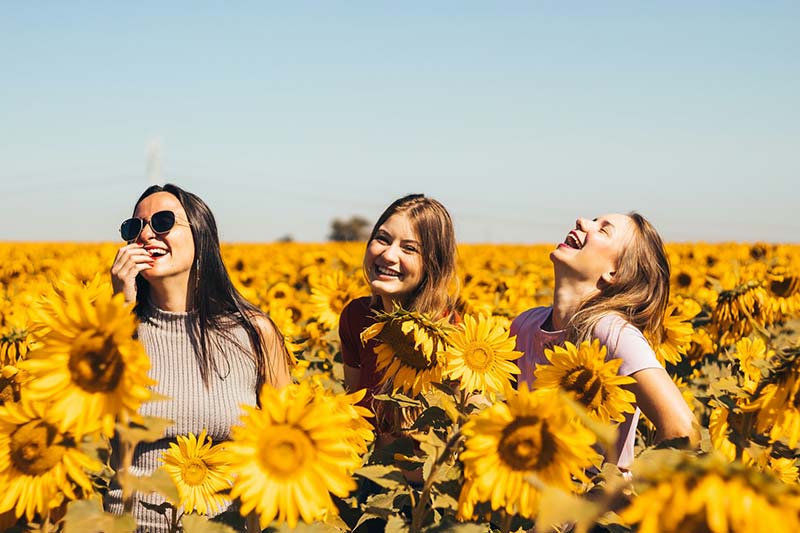
Rule of odds deals with the “Number of subjects” in the frame. The rule of odds states that the image looks more pleasing for the viewer when the number of subjects is odd than even. In the case of even number of subjects, the mind tries to divide the subjects in the frame into pairs, which makes the photo less pleasing for the viewer.
Arrangement of Subjects
You don’t need any special pattern arrangement of subjects to apply this rule. But, I found certain arrangements to be more enjoyable with this rule.
1. Triangle Composition
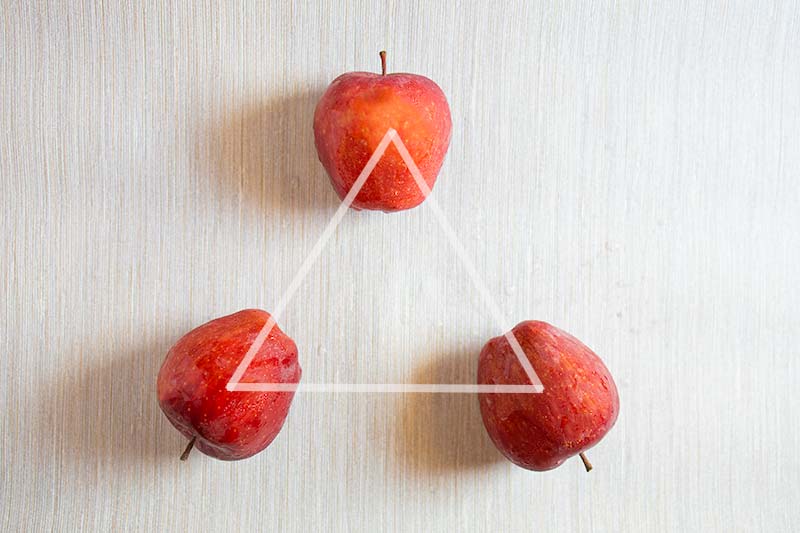
This rule is most commonly used for three subjects in the scene. So, you can use the triangle composition technique for the arrangement of the subjects in the frame. Here, each subject becomes one of the vertices of the triangle.
2. Linear Composition
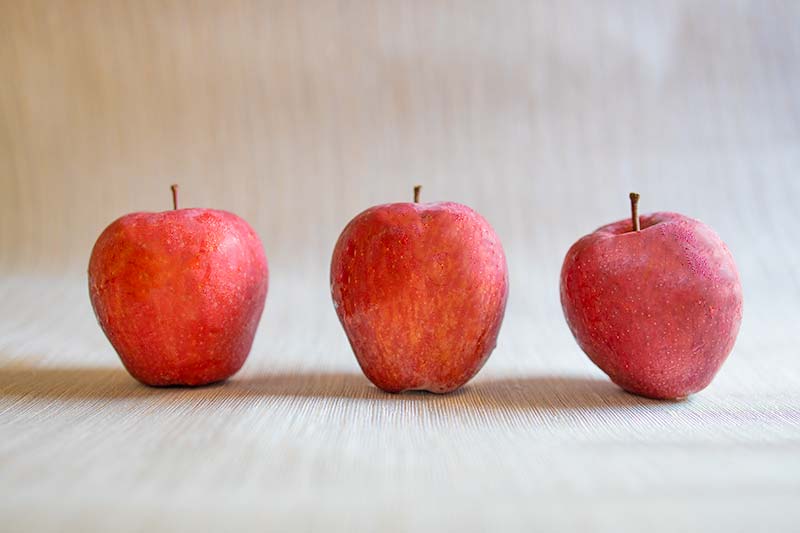
You can also arrange the odd number of subjects along a line. This line can be horizontal or vertical, or diagonal to the frame.
It is easy to get all the 3 subjects in focus when you arrange the subjects in a line and capture an eye-level image.
Odd vs Even Number of Subjects 😎
So, we have two pictures here. The first frame has an even number of subjects, and the second one has an odd number of the same subjects.
In the case of the even frame, your mind will be trying to group the subjects; thus, you will get two equally divided groups.
Which Number works Best for Rule of Odds? 🤔
As you know, this rule works for an odd number of subjects in the scene. So, the question is, what number of subjects works best for this rule?
Let us find out the answer to this question by trying various odd number subjects of the same subject.
The single-subject does not satisfy this rule since one is neither even nor odd.
1. 3 Subjects
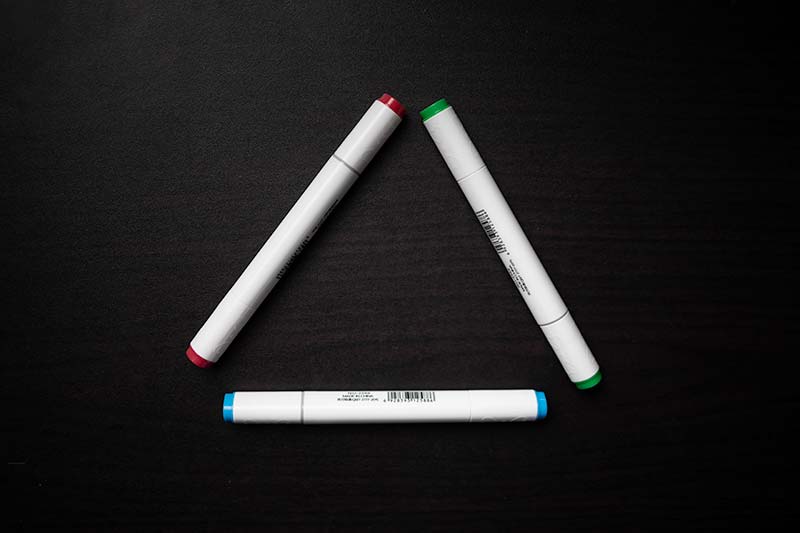
Here, there are three pens in the scene which satisfy the rule of odds. and the frame looks pleasing. So, it works best for three subjects.
2. 5 Subjects
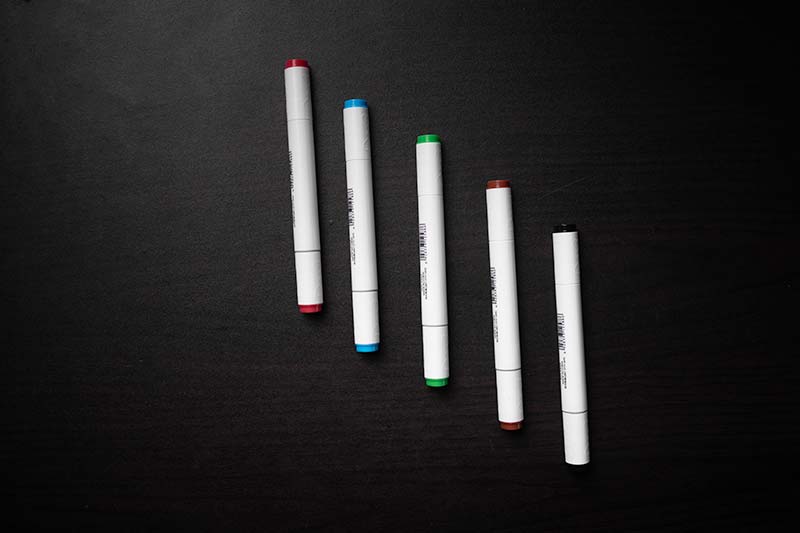
The image looks pleasing for five subjects also.
3. 7 Subjects
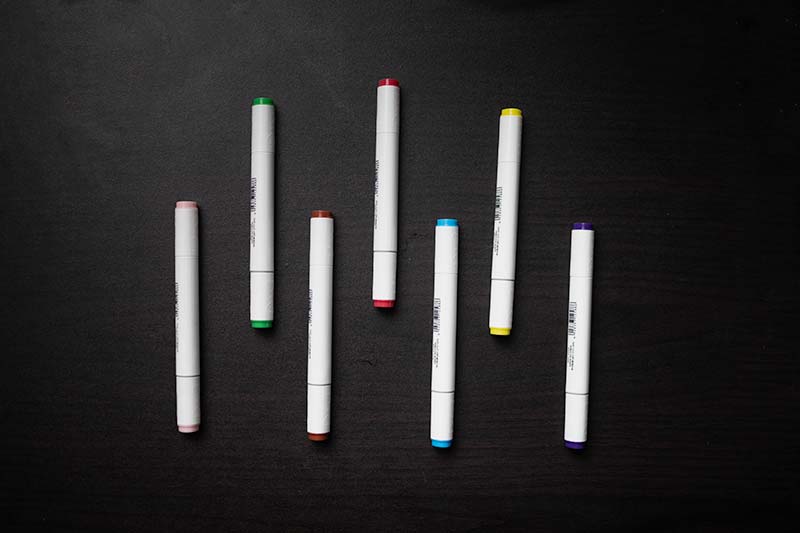
Here, the picture has got seen pens (7 subjects). The image still looks good for seven subjects.
4. 9 Subjects
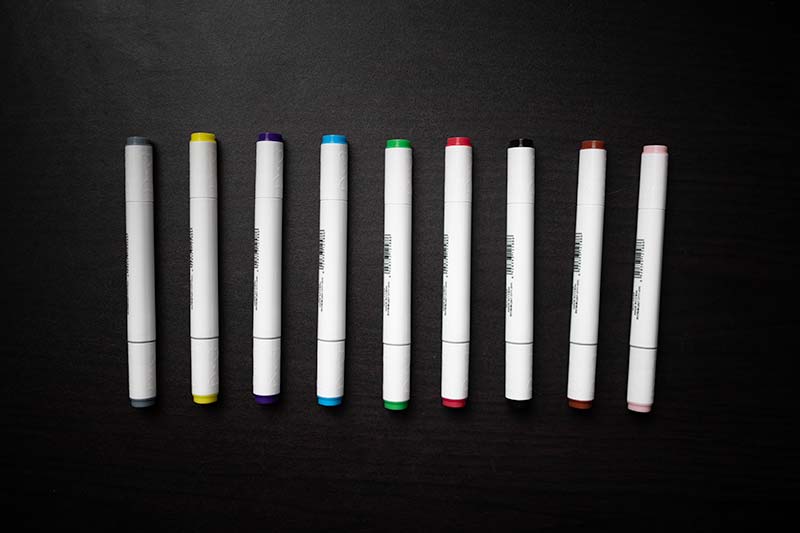
When there are nine subjects, it creates a bit of tension in the viewer’s mind. So, not so effective for number 9 and beyond.
So, better to restrict the application of this rule up to 7 subjects. It works best on 3 or 5 subjects.
Rule of Odds in Wildlife Photography 🐅🐘🦒

I have used the rule of odds many times for my wildlife images. In the above image, you can see 5 tortoises in the frame.
It is helpful when I am inside the safari vehicle and presented with a frame of an odd number of animals.
Rule of Odds in Bird Photography 🦆🦅
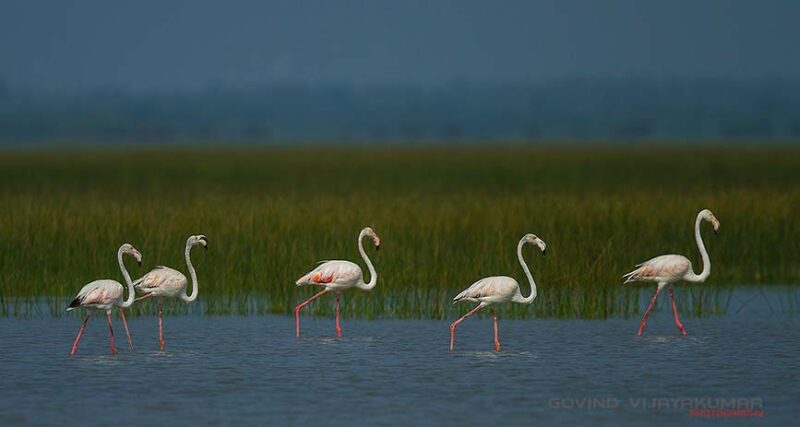
When you have an odd number of birds in a frame, you can try this rule. You can apply this rule to photograph birds in flight as well as perched.
If the number of birds is even, then you can try to compose the frame in such a way that one or some of the birds are chopped off from the frame.
Rule of Odds in Street Photography 👨🏻🌾
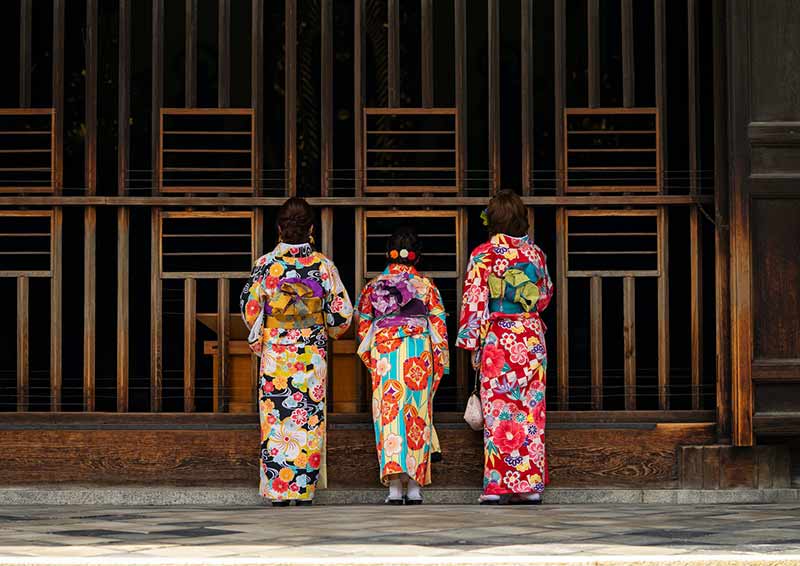
When you are out in the street photographing people, then you will find this rule useful. It can help the viewer to draw attention towards the subject without any distraction.
Rule of Odds in Landscape & Nature Photography 🏞
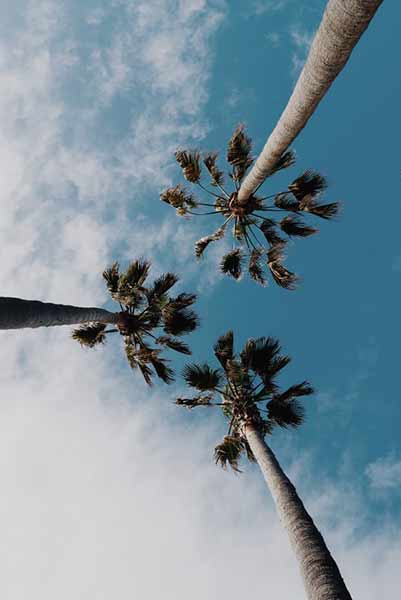
You can use this rule for your landscape and nature images also. So, next time when you are doing landscape photography and you are presented with an odd number of elements in the scene, give it a try.
For example, you can create a good composition with the help of three trees in a frame.
Rule of Odds in Food Photography 🍔
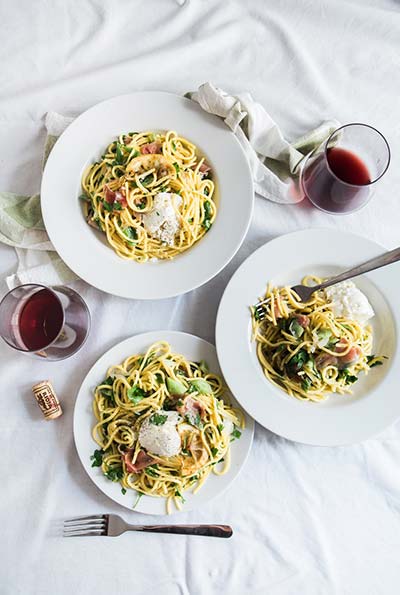
People who are into food photography use this rule in most of their pictures. You can see this technique used in their flat lay photographs. In the above image, you can see three plates filled with noodles arranged in a triangular fashion.
In the case of food photography, the positioning of the subjects and the supporting elements is under the photographer’s control. So, you can easily compose and capture an image with this rule.
How to Apply Rule of Odds for Even Number of Subjects? 😇
Yes, it is possible to apply this rule to an even number of subjects. You need to use the grouping technique here. The subjects in the frame need to be grouped so that there is only an odd number of groups (3,5, or 7). So, when you see the final picture, it will be like an odd number of subjects.
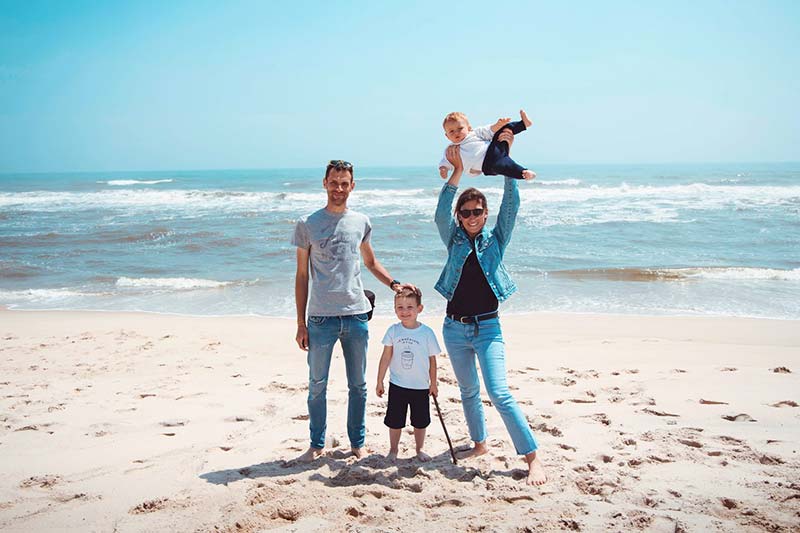
For example, if you are capturing a family portrait with the parents and two children, you can make one of the parents hold the younger kid. Thus, the number of subjects will become 3. The parent, along with the kid in his hand, will be seen as a single subject by the viewer.
How to Apply this Rule in Editing Stage? 😎
You can apply this odd number rule to photos during the editing stage also.
Now, the question will be, why you want to apply this rule during the editing stage. You can always capture an odd number of subjects in your camera and get it right.
But, there are situations where you may end up in an even number of subjects in the frame. It has happened to me many times.
I use Canon 500mm F4 L IS II prime lens most of the time for wildlife photography. I will be inside the safari jeep with my camera. So, I don’t have the provision to adjust the focal length of the lens or move to and fro from the subject. In such cases, I will capture the image in such a way that I can crop it later to apply the rule of odds if this rule makes it more pleasing.
When not to use Rule of Odds? 🤔
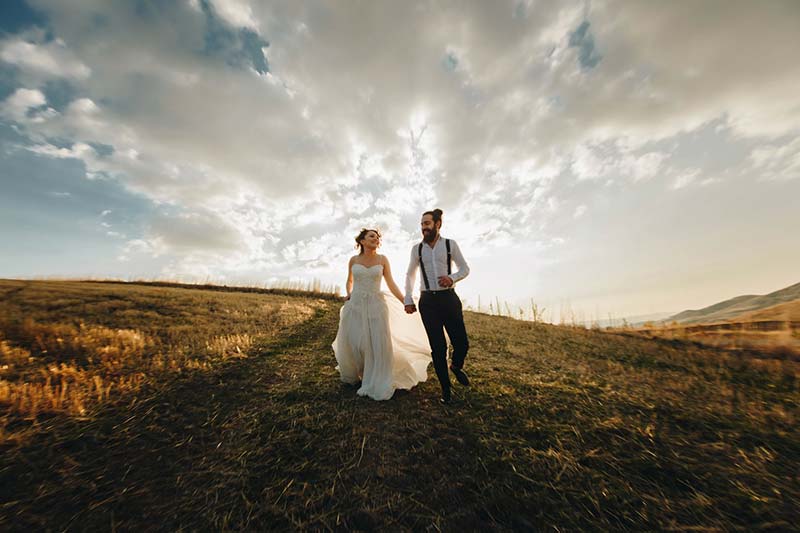
If you are doing an engagement or couple portrait shoot, then you can’t use this rule.
You cannot use this rule when you are doing single portrait photoshoots or fashion shoots.
If you are doing nature photography and you are presented with a frame or pair of birds or animals, this rule cannot be applied.
Conclusion
So, don’t try to use this rule for all types of frames.
You need to ensure that you can compose the frame with an odd number of subjects. If the number is odd and big or even, then go for any of the other photography composition rules.

